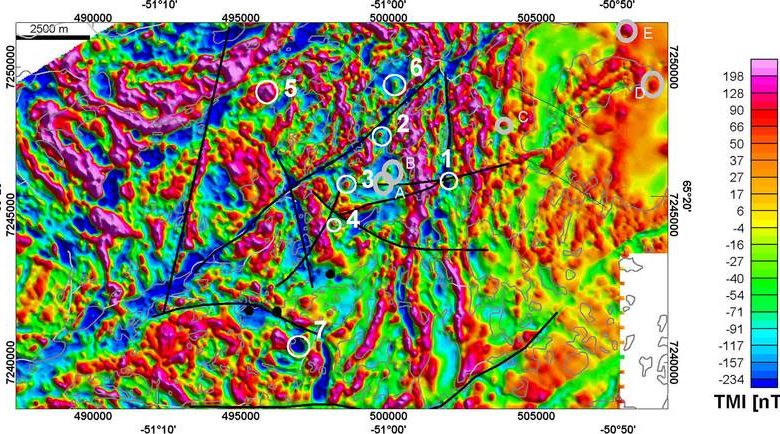All Categories
Featured
Table of Contents
Archaeological Geophysics And Geochemistry - Lgs in Kiara WA 2023
Time piece from 23 to 25ns. This last slice is now nearly all blank, but a few of the walls are still showing highly.
How deep are these pieces? Regrettably, the software application I have access to makes approximating the depth a little challenging. If, however, the top 3 slices represent the ploughsoil, which is probably about 30cm think, I would guess that each slice is about 10cm and we are just coming down about 80cm in overall.

Luckily for us, many of the sites we are interested in lie just below the plough zone, so it'll do! How does this compare to the other methods? Comparison of the Earth Resistance data (top left), the magnetometry (bottom left), the 1517ns time slice (top right) and the 1921ns time piece (bottom left).
What Is A Seismic Survey? in Rossmoyne Aus 2021
Magnetometry, as discussed above, is a passive technique determining regional variations in magnetism against a localised no value. Magnetic vulnerability study is an active strategy: it is a step of how magnetic a sample of sediment could be in the presence of an electromagnetic field. How much soil is checked depends on the diameter of the test coil: it can be extremely little or it can be relatively big.
The sensing unit in this case is extremely small and samples a small sample of soil. The Bartington magnetic vulnerability meter with a large "field coil" in use at Verulamium throughout the course in 2013. Leading soil will be magnetically enhanced compared to subsoils merely due to natural oxidation and decrease.
By measuring magnetic susceptibility at a relatively coarse scale, we can spot locations of human profession and middens. Unfortunately, we do not have access to a dependable mag sus meter, but Jarrod Burks (who assisted teach at the course in 2013) has some outstanding examples. Among which is the Wildcat site in Ohio.
Frequently Asked Questions in Ellenbrook Oz 2023
These towns are frequently set out around a central open location or plaza, such as this reconstructed example at Sunwatch, Dayton, Ohio. Sunwatch Town, Dayton, Ohio (picture: Jarrod Burks). At the Wildcat website, the magnetometer survey had located a variety of features and homes. The magnetic susceptibility survey helped, nevertheless, specify the main location of profession and midden which surrounded the more open area.
Jarrod Burks' magnetic susceptibility study results from the Wildcat website, Ohio. Red is high, blue is low. The technique is for that reason of excellent usage in specifying areas of basic profession rather than determining particular functions.
Geophysical surveying is a used branch of geophysics, which utilizes seismic, gravitational, magnetic, electrical and electro-magnetic physical approaches at the Earth's surface area to determine the physical residential or commercial properties of the subsurface - Laurel Environmental Associates, Ltd - Geophysical Survey in Yangebup Western Australia 2023. Geophysical surveying techniques normally measure these geophysical homes along with anomalies in order to evaluate various subsurface conditions such as the presence of groundwater, bedrock, minerals, oil and gas, geothermal resources, spaces and cavities, and a lot more.
Table of Contents
Latest Posts
How To Become A Geophysicist in Mount Claremont Oz 2023
Geophysical Survey Next Step In Carbon Storage Study in Brookdale Western Australia 2023
Geophysical Investigations in Calista Western Australia 2022
More
Latest Posts
How To Become A Geophysicist in Mount Claremont Oz 2023
Geophysical Survey Next Step In Carbon Storage Study in Brookdale Western Australia 2023
Geophysical Investigations in Calista Western Australia 2022